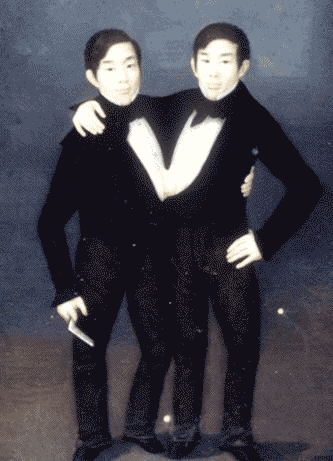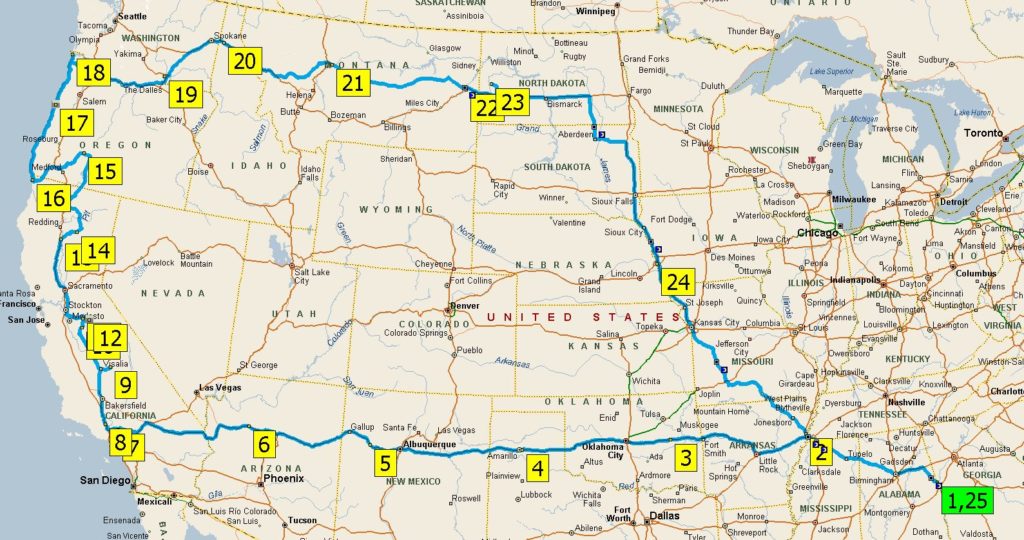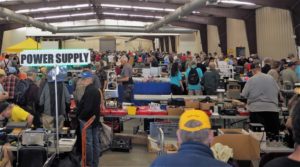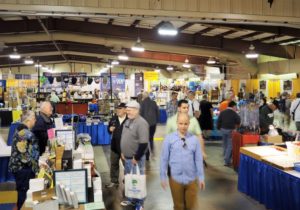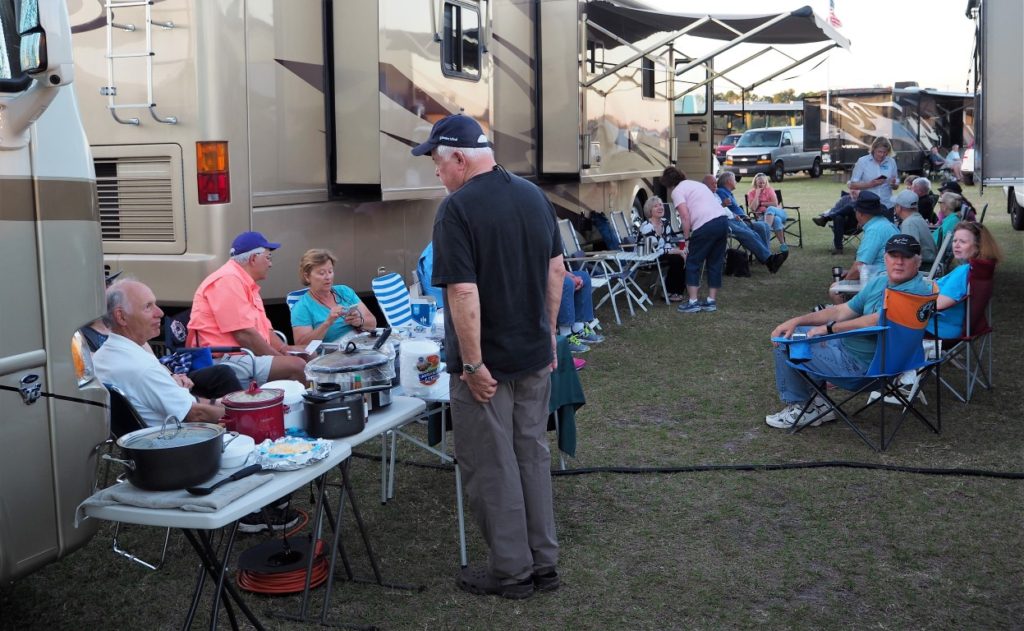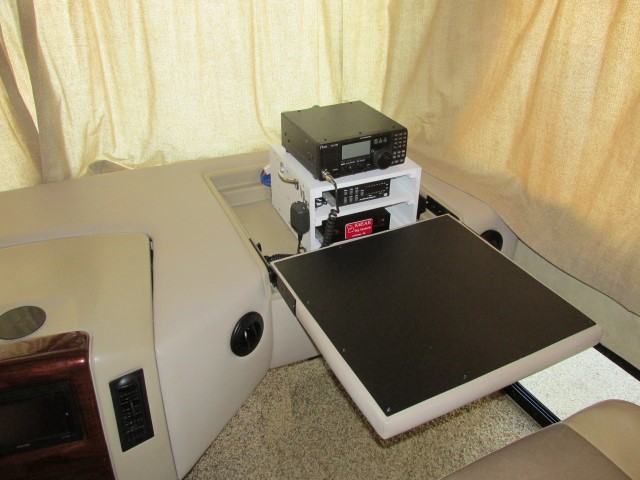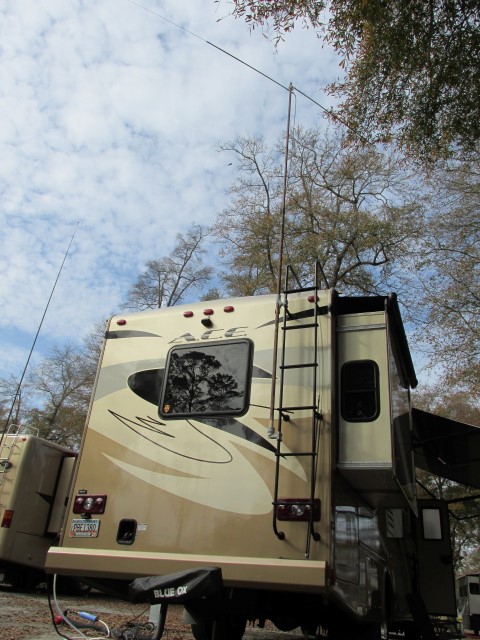One of the many things I love about my dear, sweet, intelligent, thoughtful, and supportive (in cases she’s reading this) wife is that she has a seemingly inexhaustible tolerance for my charming eccentricities and petty foibles. So, for example, when I decided to ride my motorcycle out to a conference in California, and then ride back from Santa Monica to Jacksonville Beach in a day and a half, for no reason other than to establish my credentials in a group of like-minded weirdos, she did not actually divorce me, make me sleep on the couch, or excise any of my body parts.
What brought on this sudden flurry of heartfelt appreciation is that I’ve done something less dangerous but equally, um, “eccentric.” Specifically, this: I enjoy amateur radio. The stereotype of a ham radio hobbyist is pretty much accurate: nerdy, obsessed with radios and amplifiers and antennas and all sorts of stuff that is mysterious to normal people, engrossed in technical details of radio wave propagation, and prone to spending countless hours in dark rooms staring at dimly illuminated equipment to ends that would seem utterly pointless to any sensible person. But that’s me, and I like it. So, when I’m not traveling with the aforementioned spouse, I set up a portable ham radio station in the RV:
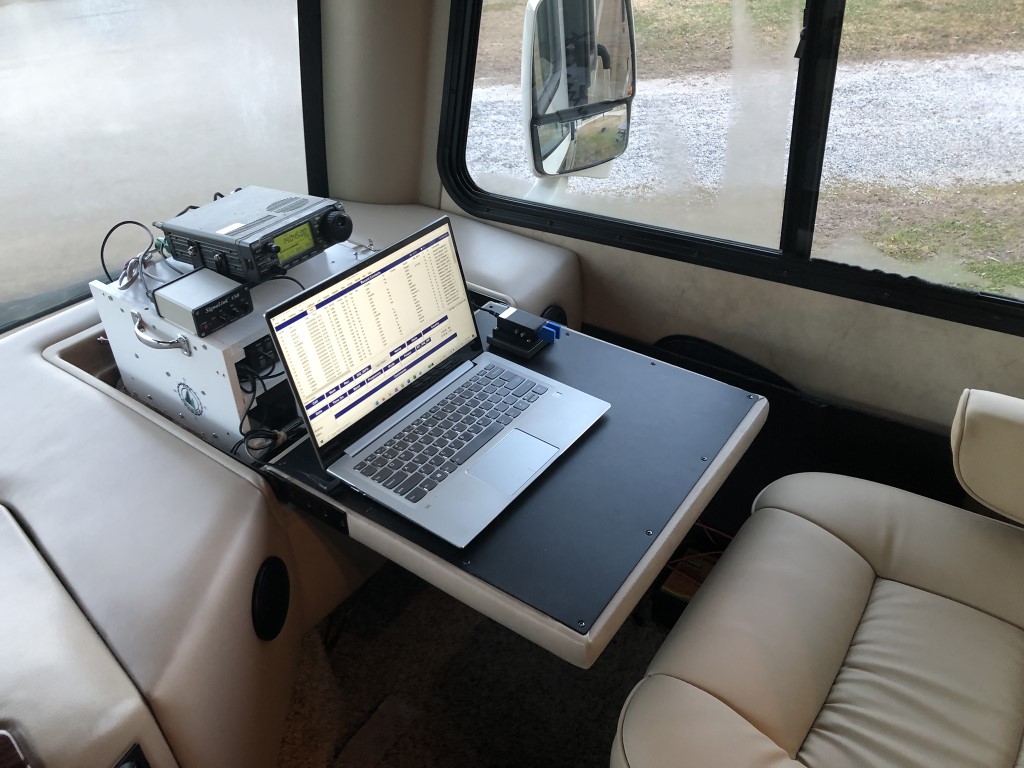
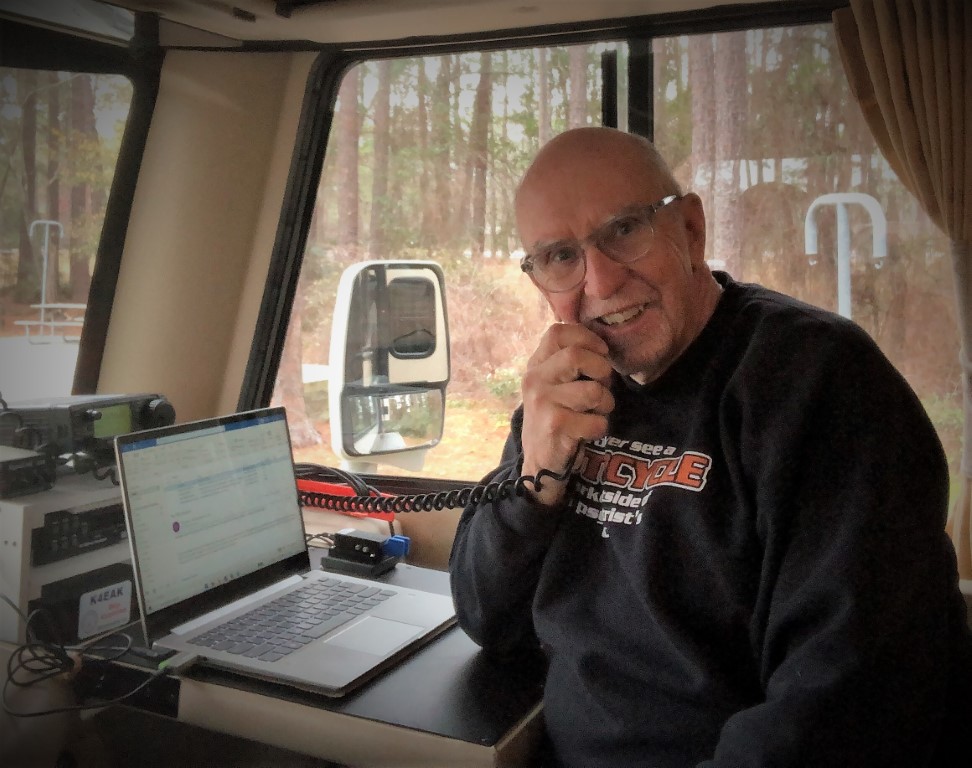
Hold that thought…
One thing that hams do, like most hobbyists, is attend “conventions” where there are seminars on various radio topics, dealers selling the latest equipment, and thousands of hams selling off their used stuff. The biggest one is the Dayton (Ohio) “Hamvention,” which in 2019 drew nearly 35,000 hams. I’m writing this from the Orlando “Hamcation,” which is smaller at 20,000, but which provides on-site RV parking. Due to that option, my RV amateur radio club held a gathering at Hamcation with 16 motor homes congregating from as far away as Colorado.
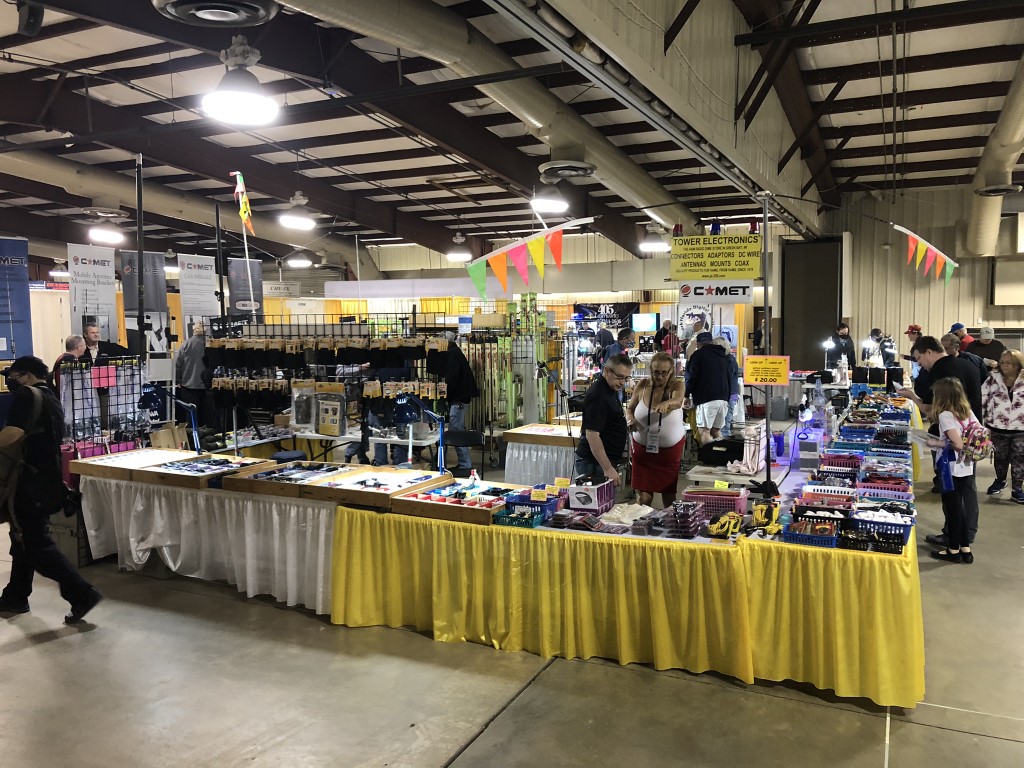
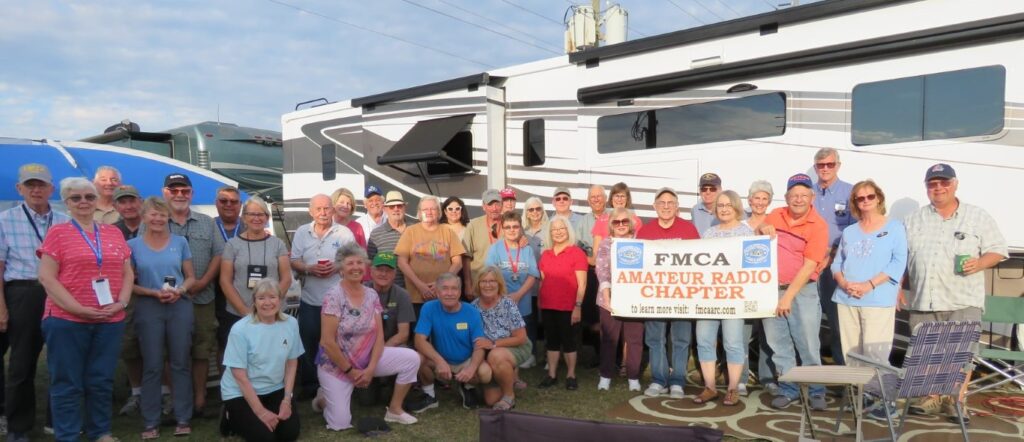
Hold that thought…
Yet another thing I like to do with ham radio is called “Parks on the Air” (or POTA). The idea is that one travels to a state or federal park, sets up the radio, jury-rigs some kind of an antenna (such as by throwing some wires up into the trees), and then makes contact with amateur radio guys all over the country. So, for example, I set up at Crooked River State Park right on the coast near the Georgia/Florida border, cranked up my radio, and made 151 contacts with operators distributed around the country:
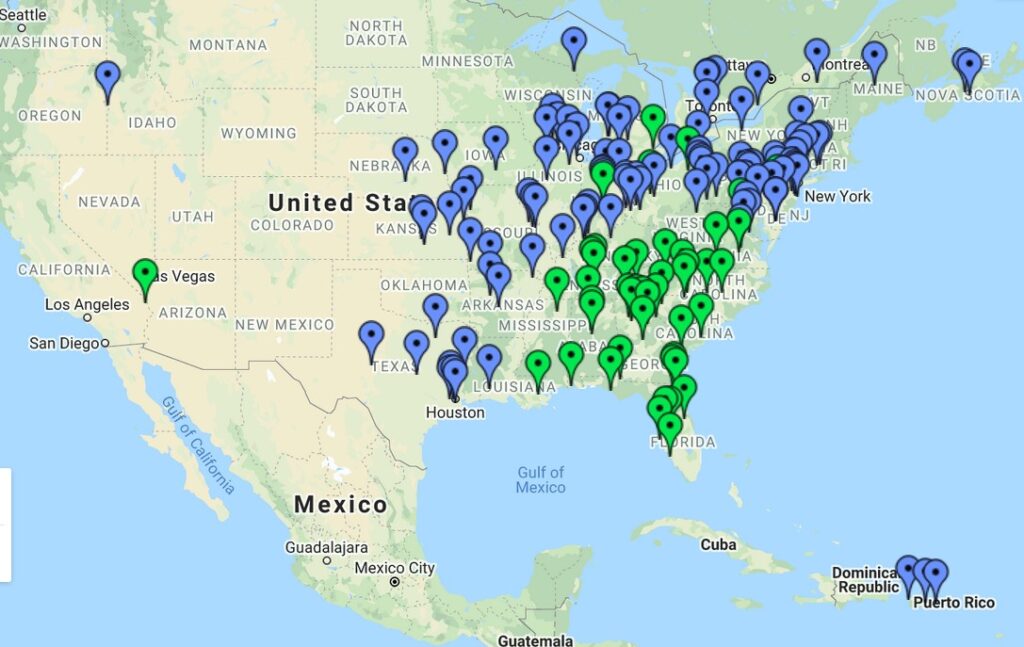
Here’s the moment you’ve been waiting for: the point of all this. Since (1) I do ham radio stuff, and (2) I was traveling to Hamcation anyway, and (3) since there are dozens of parks on the route to and fro where I could do POTA activations, I decided to combine all three into an extended circumnavigation of the state, combining all three activities into one trip:
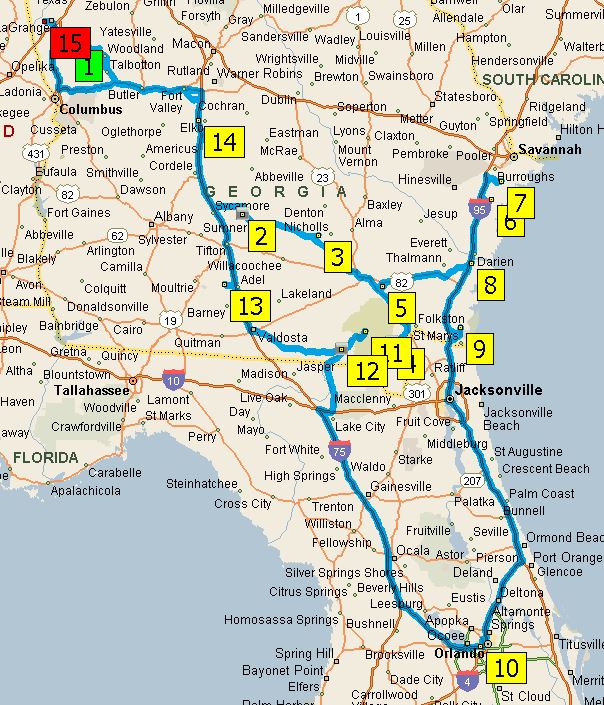
The drive didn’t quite work out like I planned, but even with some minor glitches along the way, traveling from park to park provided some memorable experiences. I visited 5 state parks (actual parks, like with campgrounds and picnic areas), 3 state historic areas (including the Jefferson Davis Historic Site, which somehow has survived current cancel culture, with even the statue of Jefferson Davis still intact), one federal National Wildlife Refuge, and one “eco-lodge” (which is some kind of facility where they send young, impressionable students to be instructed on various ecology topics).
Just one example of a glitch. I didn’t bring enough clothes. Fortunately, though, I learned an important fact from a friend: dirty laundry has to ability to self-regenerate. That is, if you put your dirty clothes in a hamper, in a few days they have self-cleaned enough that they can be worn again. Really. It’s true. Google it. By virtue of this miracle of modern textiles, I was able to go for 12 days with only 4 days of clothes.
Another glitch. One stop was at the Hofwyl-Broadfield Plantation State Historic Site. The story of this plantation is fascinating. Before the civil war, the economy of the coastal south, from Georgia up through North Carolina, was based on rice, not cotton. The rice plantations, however, had to be located in what were insufferable, mosquito-infested, malaria-producing swamps. So the plantation owners would high-tail it out of those areas from April through October, leaving the slaves as the only occupants of the plantations. As a result of this extended time to themselves, the slaves developed their own culture, which was a combination of African memories and Christianity (mixed with voodoo) (seriously), even developing their own language (Geechee-Gullah), which was a mix of African dialects and English. Incredibly, that culture survived well into the 20th century, and continues to exist in pockets even today. What was the glitch? I took a tour of the plantation to learn more about this incredible bit of American history, but the tour turned out to be focused on the plantation owners’ furniture, artwork, and household accessories, including (no kidding) little lacy things that looked a lot to me like doilies. Doilies? Seriously? In the midst of this story, people want to look at doilies? Actually, yes … most people on the tour did in fact want to learn more about the home and its contents, so I waited until the tour was wrapping up, thanked the guide, and headed on to the next park. Not a totally worthless stop, but definitely a glitch.
All things considered, it was a great trip. Definitely too long away from home, maybe a bit much on the one-night stands along the route (not those kind) [Kids — If you don’t know what that means, ask your parents], unfortunate unseasonably cold weather (like 20 degrees below normal), and maybe not the most efficient routing (for example, too much backtracking). But the trip still had its moments. Georgia has done a wonderful job with its state parks and traveling around, seeing the parks, and having the fun of talking on the radio along the way, and combining that with a gathering of like-minded (mostly nerdy, but who’s counting) folks means the trip was well worth it.

